India's contribution to global fashion
With the fashion industry booming in the global world, the trends in fashion are dynamically organizing them with the needs and desires of the customers. The fashion designers or if you may call them the trendsetters of the industry are the ones who always try to come up with such ideas so that the industry stays awake and their trends are not flooded by other upcoming trends of the industry.
We have seen a swift shift in the fashion industry in the recent ten to fifteen years as the world is modernizing and shifting towards the western style and fashion and this whole shift, is natural and organic. The cultural and Artistic Styles of fashion are demolishing gradually and the western style is dominating. But, despite this current shift, India has always tried to promote its culture and heritage in the fashion industry and has contributed a lot to global fashion.
The contribution of India to global fashion is not a recent effort. Rather, India has been doing this since the 1970s. There are some fashion styles, designs, and customs that you would not believe have an Indian origin. Let me give you a few examples.
1. The Jodhpur Pants
These pants as the name suggests, are originated from Jodhpur, a city in India. These are also called breeches. These were first introduced to the Global world by the Son of the Maharaja (king) of Jodhpur. He introduced it as riding trousers as the trousers are narrow and cuffed at knees and loose at the hips. These were later on adopted as casual pants. It has always been a customs of the people of the subcontinent to wear loose clothes. This introduced a new fashion in the western world of styling, designing, and wearing loose clothes.
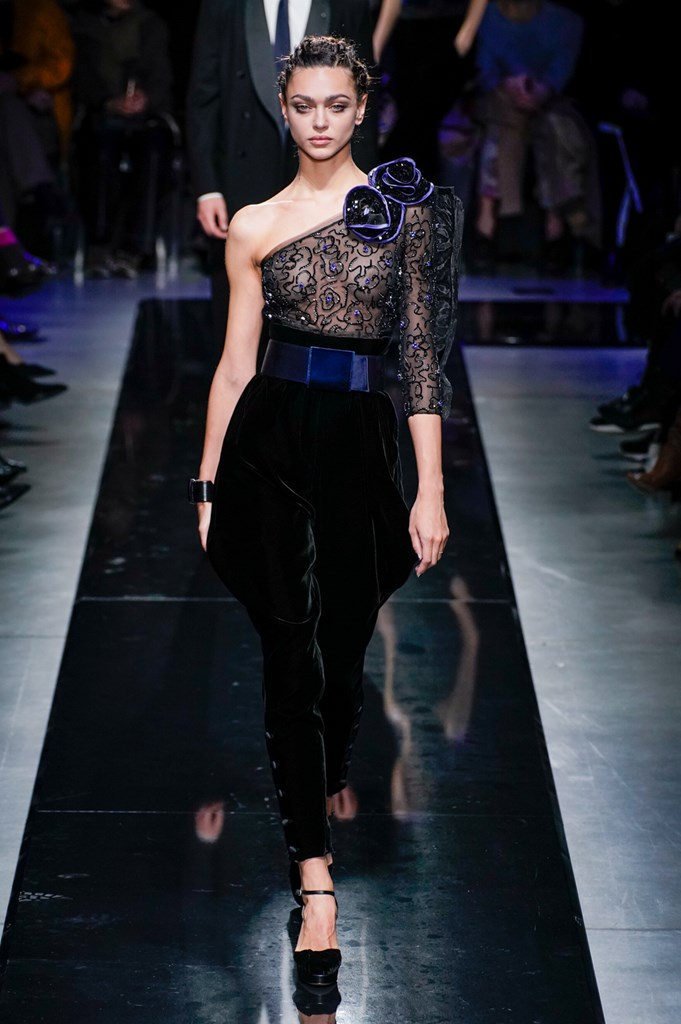
2. Kurta Pajama
Kurta is a long shirt without collars or sometimes with a small ban collar worn by people in South East Asia in the countries like Pakistan, Bangladesh, Afghanistan, Iran, Iraq, and especially India. This shirt is worn with pajamas which is kind of a fabric pant; a loose one. The style and design of the Kurta have changed a lot since it came into the market and much of the contribution in this regard is made by India. India has invested a lot in the styling, designing, and updating the Kurta and ensuring its availability and promotion across the globe. It is worn by more than half of the Population in India and more than 70% in Pakistan.
With several manufacturing plants at Bhilwara, Ahmedabad, and Surat, India is producing tons of fabric and using it for the production of shirts, pants, shalwar kameez, and kurtas. India also is a famous exporter of Raw Textile in Asia. Most of the shalwar kameez and kurta you see in the west, you will find out that it has an Indian origin.
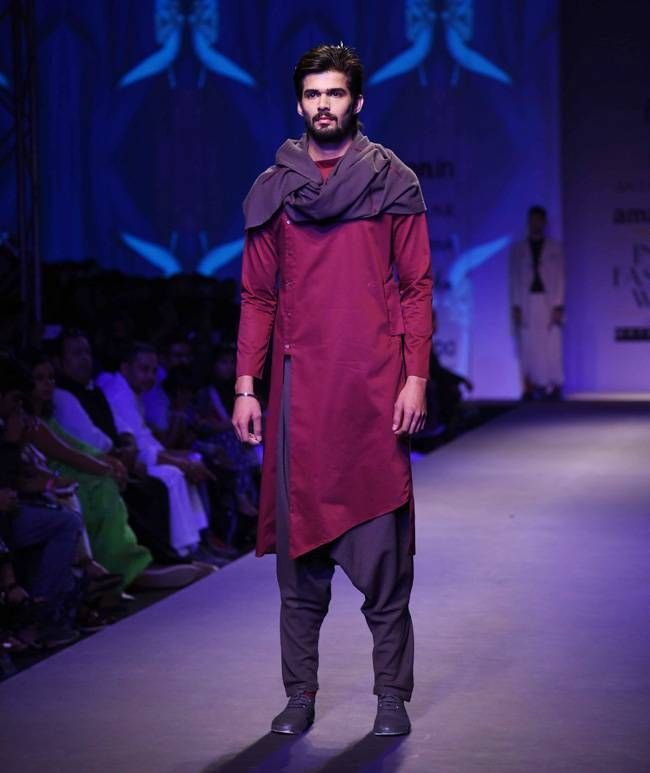
3. Shalwar kameez
Shalwar kameez resembles the Kurta pajama in several ways but still, they are two different styles. The Kameez is a long shirt with having shirt collars and a front packet just like that of a formal shirt. But, it is long and it is worn with Shalwar which is the loosest pants with many folds. The kurta, on the other hand, has no collar or a small collar and contains no front packet. Both are worn in almost the same countries. Also, the shalwar is loose and contains many folds while the pajama is fit just like a pant. The popularity of shalwar kameez in the west is much as compared to that of Kurta Pajama.
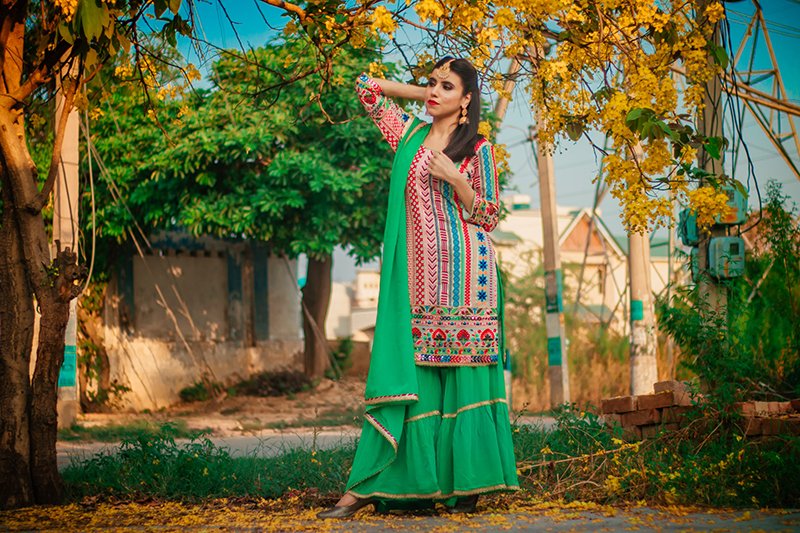
4. Tattoos
Yes, the tattoos also have an Indian origin. You might disagree or call it an exaggeration. But, if you read it you’re definitely going to accept it. The tattoos drawn today for designing purposes are not invented by India but the main concept of drawing over the body is a concept of Indian origin. It has long been a tradition in India to sketch and draw figures on the body using Henna. Henna is the natural powder of the crushed leave of Henna and is used even today for sketching on hands, feet, and for dying hair. This practice has been adopted by the West and now the modern tattooing is done with machines and with a different technique but the Broader concept is the same; to draw on Body
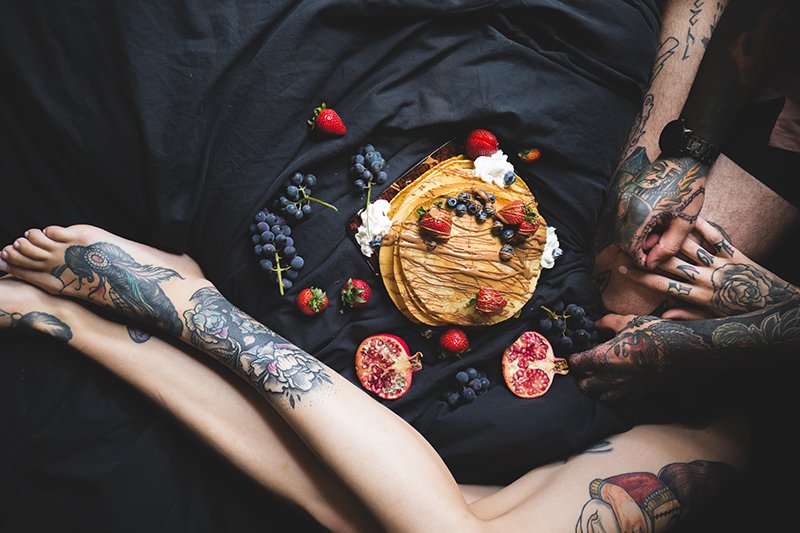
5. Handmade Embroidery
Countries such as India have rich cultural heritage and the labor is surprisingly cheap so it is very convenient for such countries to employ the workforce in producing hand embroidered fabric and selling it internationally. India has made huge progress in this model as the Indian labor and is cheap and unemployment is high. So India has invested in making the buyers interested in purchase hand-knitted embroidered fabrics which can be sold at high prices abroad because of their value and it also benefits the labor in terms of getting employed and earning money. There exists a huge demand for such products and there is still potential in the market. Some areas are needed to be explored and invested in.
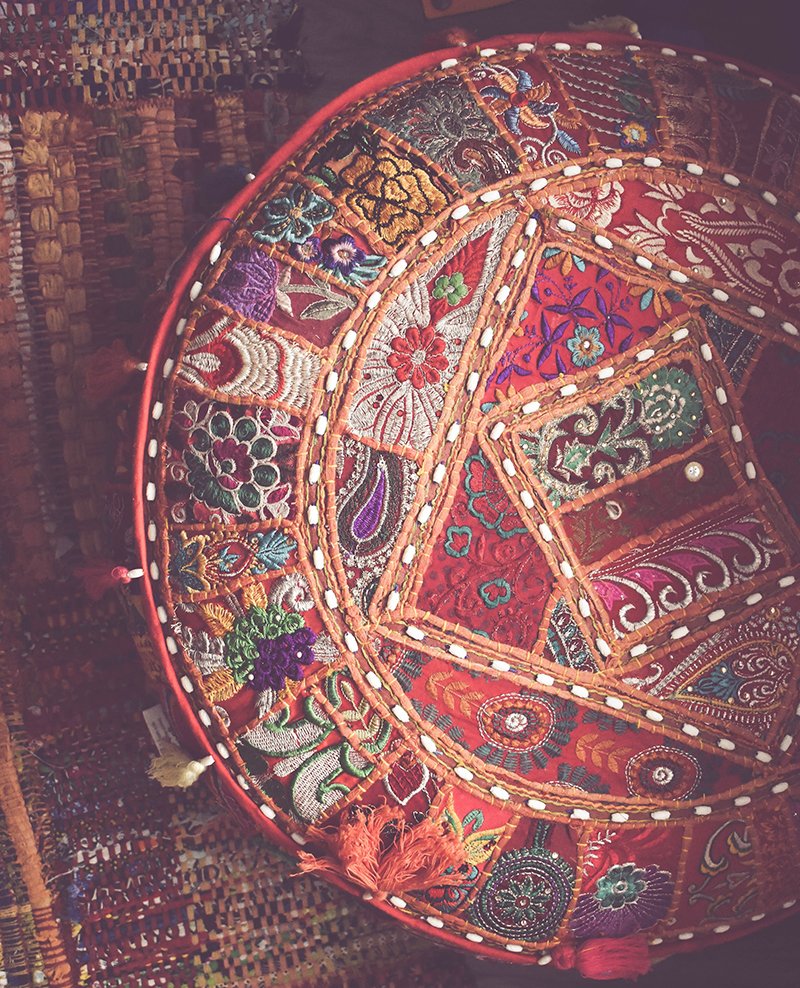
6. Saree
Last but not the least; India has given the world, Saree. Saree is an Indian dress that represents the true Indian culture and heritage. Saree comes in different sizes, colors, and designs and is wrapped around the whole body in an amazing style. Saree is hugely promoted by the Indian fashion industry across the globe. Saree has been worn by multiple celebrities such as Lady Gaga, Elizabeth Hurley, and Naomi Campbell. The color variations and style of Saree has impressed the Famous Celebrities and other people that it has become available as a normal dress in the Stores in Europe and the USA.
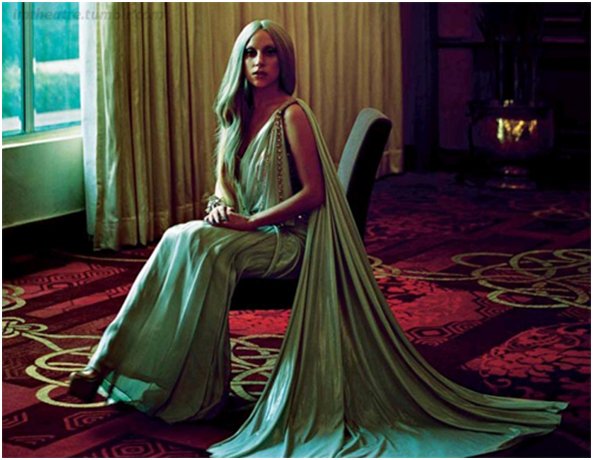
Lady Gaga wearing Saree
7. The Culture within India
Apart from all these contributions of India to global fashion, India still lacks to promote its culture within India. Indian people tend to wear western clothes including shirts, t-shirts, jeans, etc. for comfort and ease. It is not a bad thing to wear western cultured clothes but this is leading to the demolition of the rich Indian culture within the country. So, as India has contributed to global fashion, it should also contribute to the fashion trends of the country and promoting the Indian culture.